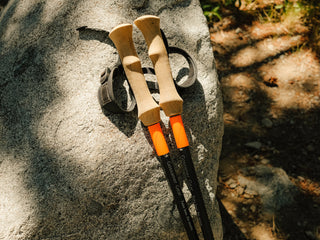Interview
Shimpei Hara on Life Between City and Crag
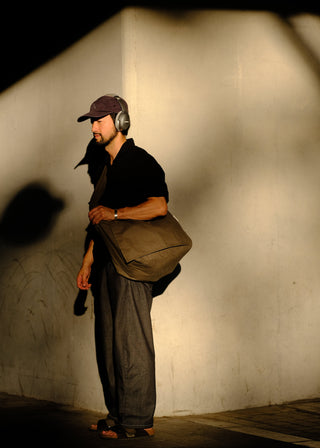
To Shimpei Hara, designer of 4c studios, climbing isn’t just a sport—it’s a way of life. His brand sits at the intersection of city and crag, crafting apparel for climbers who move fluidly between daily life and vertical challenges. Through a made-to-order system, 4c studios weaves individual stories into every piece.

Tell us about yourself and what you’re currently working on.
How did the concept “between the city and the rock” come to be? What inspired it?

The design concept of 4c studios, “simplicity is never easy,” really stood out to us. Can you share what that means to you and how it shapes your design process?


The made-to-order system seems like a core part of 4c studios. What have you learned through it? Any moments that stand out?
You previously worked at Patagonia. How has that experience influenced your work at 4c studios?
You’ve been refining your TYPE line. Where do you see it heading, and what’s next for the brand as a whole?
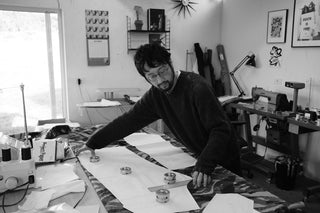
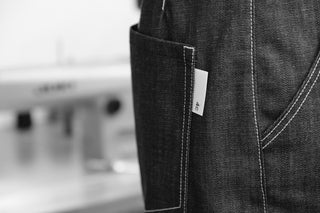
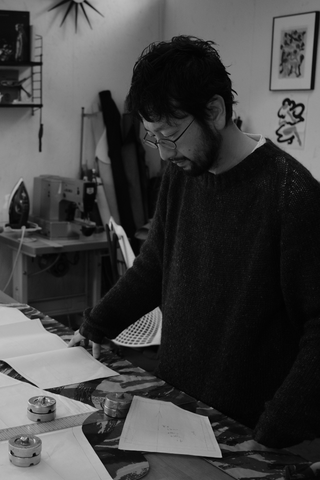
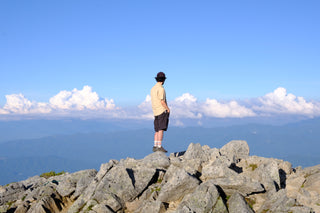
Published
Interview
Hayato Shin
Photos
Shimpei Hara

